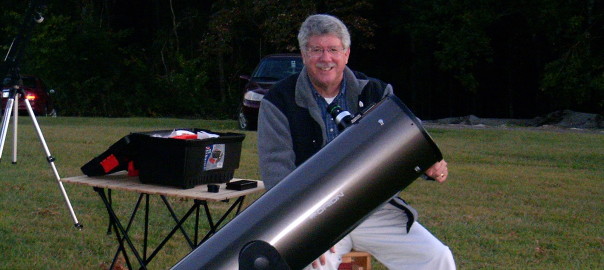Had Gieger’s work and your thesis pretty much constituted the body of literature on phytoplankton at Crater Lake?
I didn’t do anything on phytoplankton, mine was all on zooplankton. I would say that Jim Malick, myself and a bit of work that Hans Nelson did, were the only literature on Crater Lake zooplankton until the 1980s when the big studies took place. Elena Karnaught [Thomas] called me up and said that the had relocated all my old samples in the archives there at Oregon State.
Did she stay in contact with you?
No frequent contact. She called me on two occasions and then sent me a letter saying that she had finished her thesis. She also thanked me for hints and advice I had given her about Crater Lake while I was working at Oak Ridge Lab. I have never met her but I would certainly like to at some point in time.
Did the OSU program make any overtures to you in terms of what they were trying to set up in the eighties?
No. The only thing that I received was from Jim Larson, Mark Forbes, or Ed Starkey. One of those three invited me to the 1982 planning session at Corvallis. That was my last official act on anything having to do with Crater Lake. I was a very stong proponent that the decrease in transparency could not have had anything to do with sewage input because I felt that all the rock strata sloped away from the lake, so it was highly unlikely that anything seeping from Rim Village would actually get to the lake. It wasn’t until Doug showed me the high nitrate reading in the sample from spring 42 that I said, “Seeing believes and maybe there is some merit to Doug’s hypothesis.”
My involvement with Crater Lake in later years was just through correspondence with Doug and a few letters that I sent in support of Crater Lake research.
What brought you back two years ago?
The need to come back!


